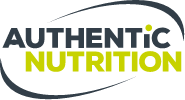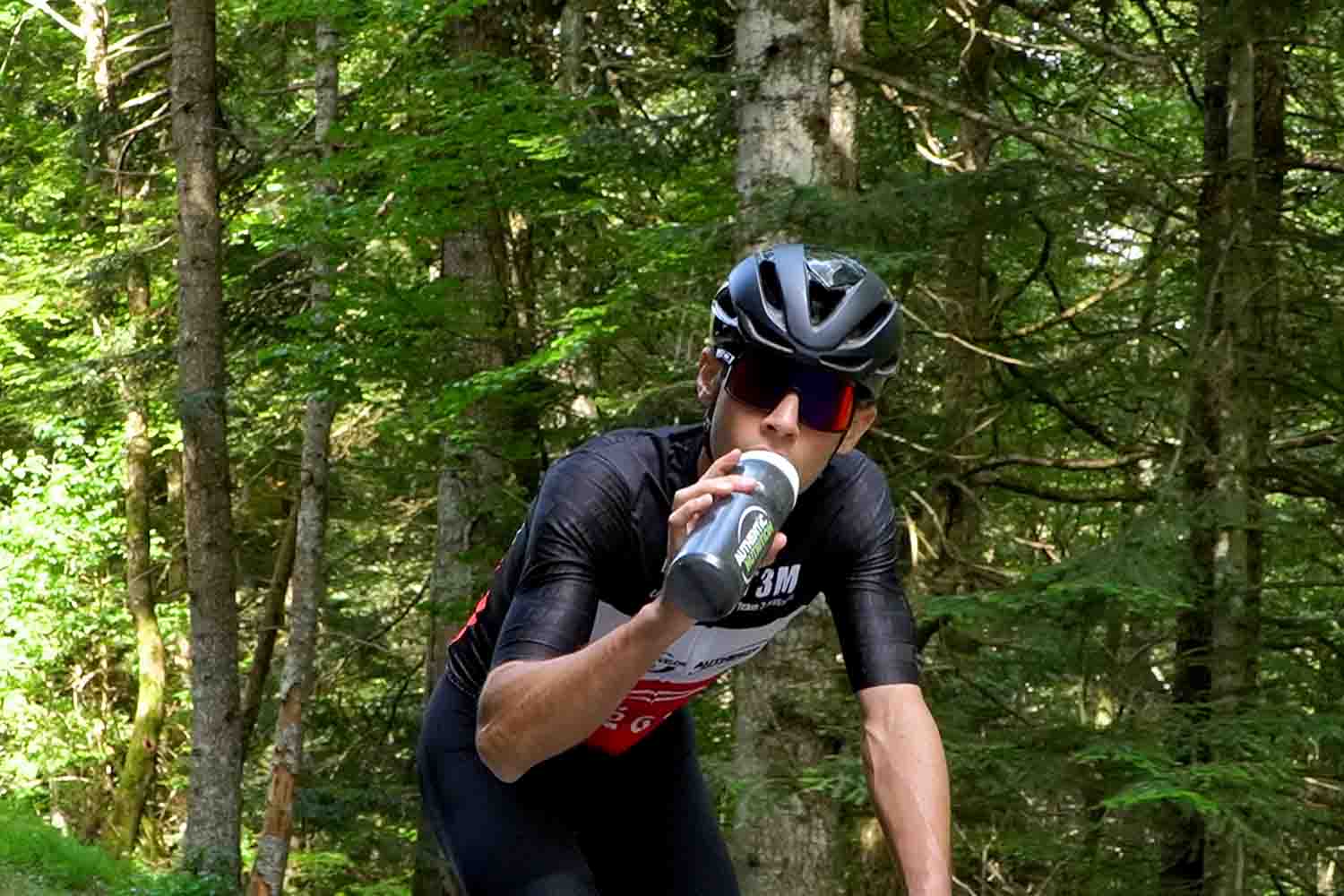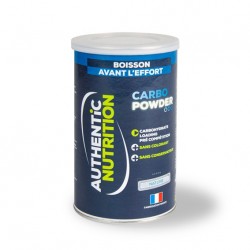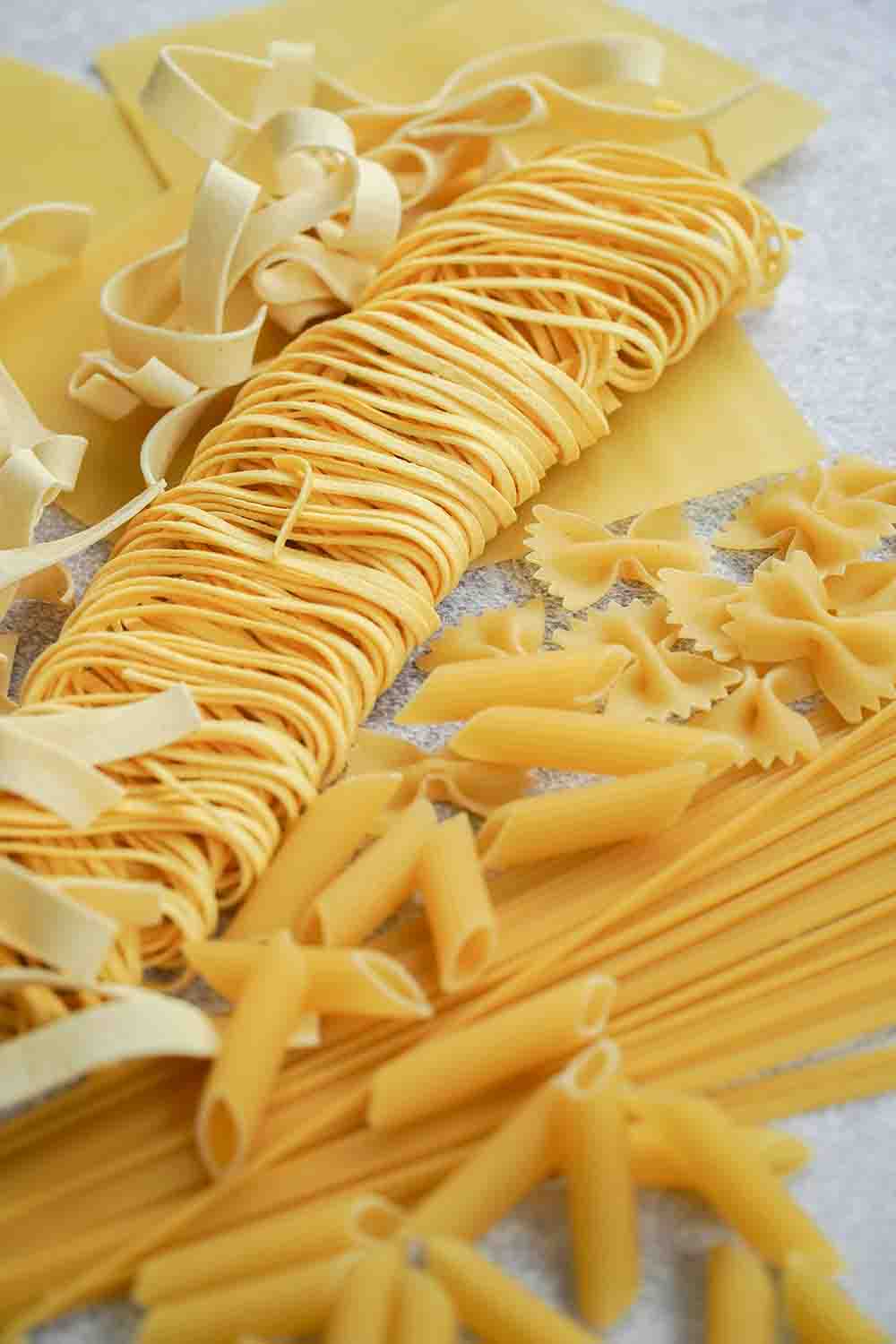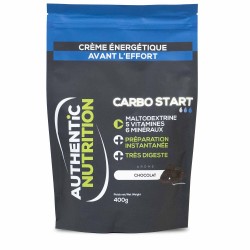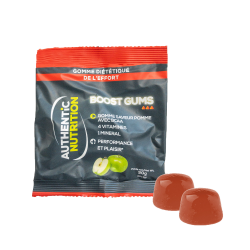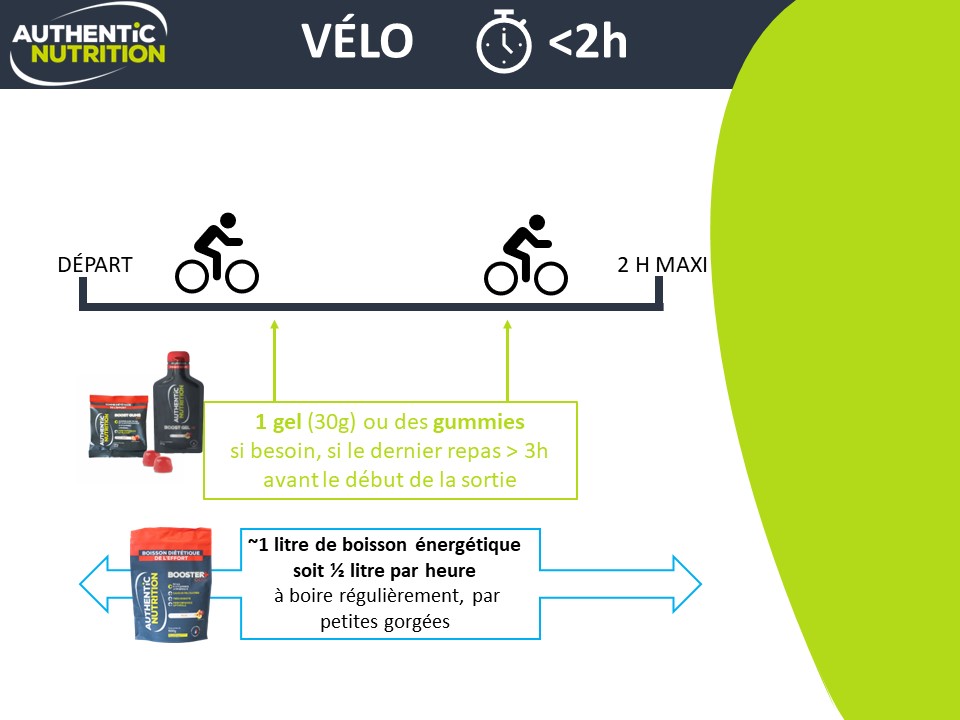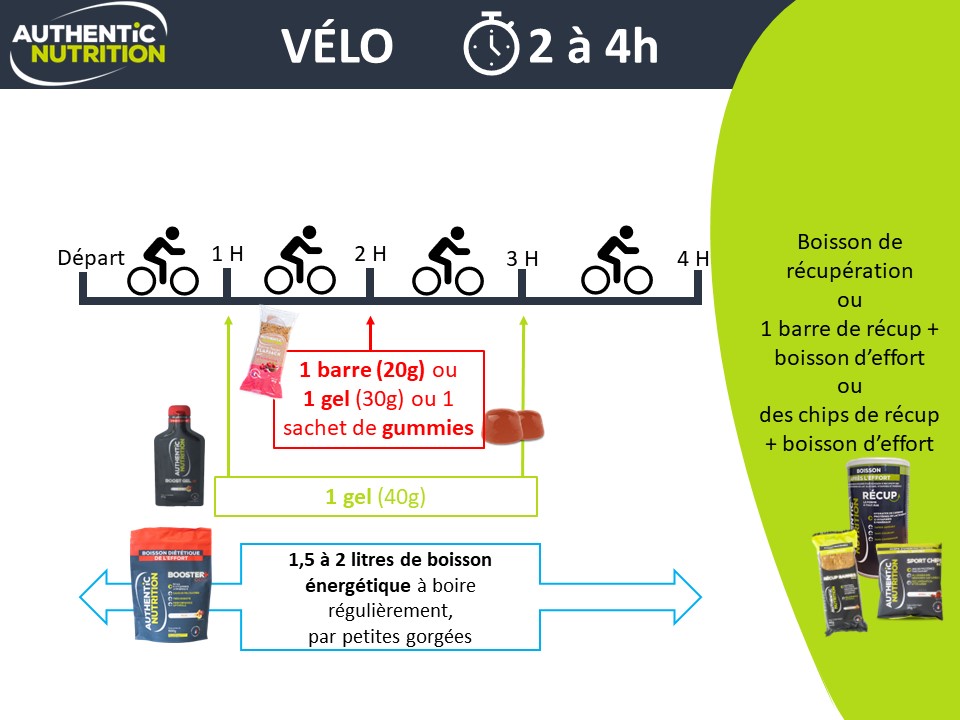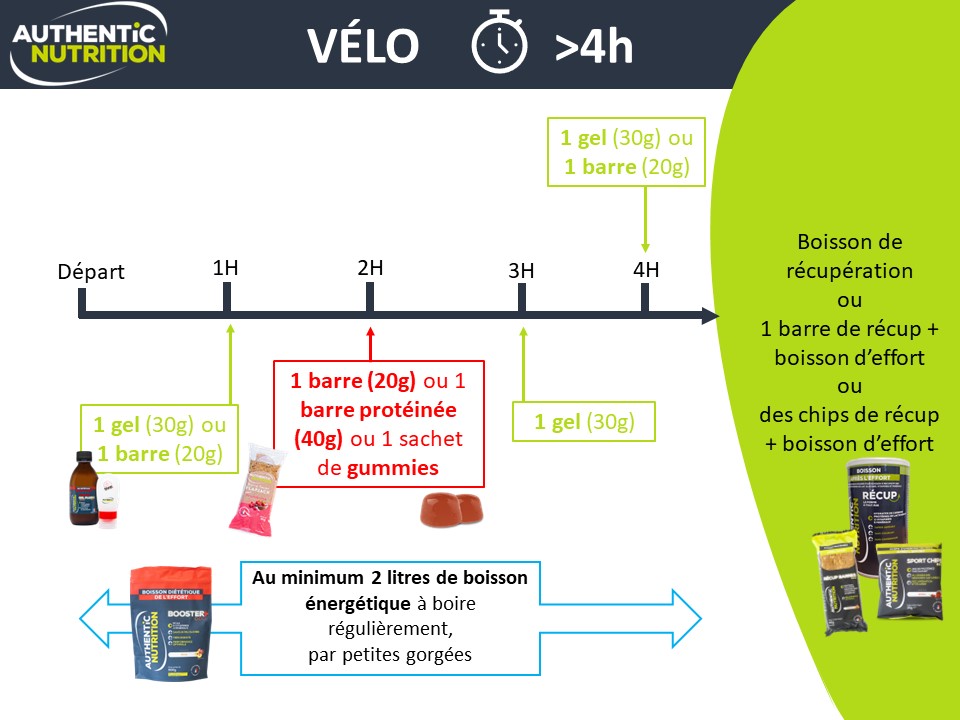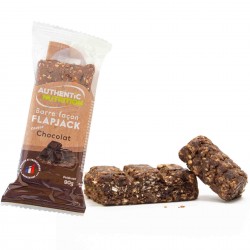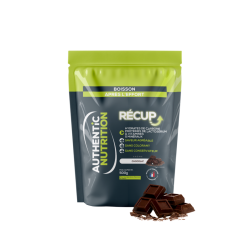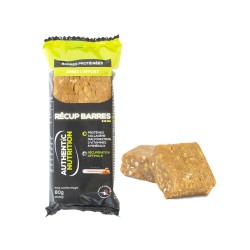Example of a pre-race dinner:
- Starter: raw vegetables (cooked raw vegetables such as beets or green beans, or seeded raw vegetables without skin), soup.
- Main course: al dente white starch, not recooked or quickly cooked + lean meat/fish/omelet/deboned, defatted ham + cooked vegetables or vegetable coulis +/- white bread
- Dairy product or similar: yogurt, fromage blanc, cottage cheese, soy specialty, rice pudding, or rice pudding.
- Dessert: cooked or easily digestible fruit, very ripe, seedless, in compote, apple tart, sorbet, floating island.
- Beverage: unlimited low-mineral water, caffeine-free hot drink, herbal tea + honey.
- Fats: limit fatty dishes and sauces (butter, mayonnaise, crème fraîche, béchamel sauce, etc.).
+/- rapeseed, walnut, or olive vinaigrette
